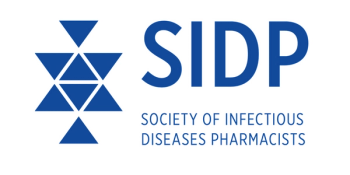
Neighborhoods with Low Income, Essential Workers Carry COVID-19 Variant Burden
Investigators retrospectively observed 2 communities of essential workers in Toronto, Canada.
Low-income essential workers had a concentration of COVID-19 variant infections similar to the disproportionate incidence observed in wildtype COVID-19 earlier this year, according to a research letter published in JAMA Network Open.
Investigators from Canada created a retrospective cohort of the two areas most affected by COVID-19 variants in order to determine the impact of the variants on essential workers. The study authors noted that these variants emerged at the end of 2020, but before they appeared, transmission and incidence of COVID-19 was concentrated in neighborhoods of low socioeconomic status–home to a large proportion of frontline essential workers and their contact networks. By studying the city of Toronto and the bordering town of Peel in Ontario, Canada, the investigators organized the residents by income and essential work status, and tracked COVID-19 variant emergence.
The investigators employed a public health reportable database between February 3 and March 10, 2021, and used PCR testing to confirm COVID-19 status. They identified nearly 20,000 COVID-19 cases in the area, of which 12,860 were screened for a variant identification. Of that group, 5084 screened positive for a variant, the study authors reported. This pattern of about 25 percent being positive for a variant remained similar throughout each income tertiles. For example, of all the cases within the study period, 43 percent were in tertile 1, 35 percent were in tertile 2, and 20 percent were in tertile 3.
The study authors also found that essential work tertiles of total cases, about half were in tertile 1, 32 percent were in tertile 2, and 19 percent were in tertile 3. For variant cases among essential work tertiles, the study authors reported that half were in tertile 1, 30 percent were in tertile 2, and 18 percent were in tertile 3.
As time went on, COVID-19 cases in all income tertiles increased, as well as among those employed in essential work, the study authors observed. This was also true for variants, where all 3 tertiles were impacted across the study period.
Similarly to wildtype COVID-19 infections, the study authors wrote, variants of COVID-19 are disproportionately associated with neighborhood with lower income and a higher proportion of essential workers.
“Given the rapid mirroring of wildtype epidemics, these results suggest an association between essential work, income, and COVID-19 burden, which may be magnified by more transmissible variants,” the study authors concluded. “Reducing SARS-CoV-2 transmission and the associated morbidity and mortality necessitates tailored and equitable intervention strategies including vaccine prioritization and outreach services.”
However, the study authors noted that their report included limitations. For example, they used an ecological design instead of individual-level data on income and/or employment for their analysis, and the fact that different COVID-19 testing may have been available across the different tertiles. The study authors also noted a limitation may have come from the fact that not all samples were screened for variants, so they are unsure if there was a selection bias or there were different testing taking place from region to region.
“Less testing in low-income neighborhoods and essential work communities may result in underreporting both wildtype and VOC cases,” they added.
Newsletter
Stay ahead of emerging infectious disease threats with expert insights and breaking research. Subscribe now to get updates delivered straight to your inbox.




























































































































































































































































































